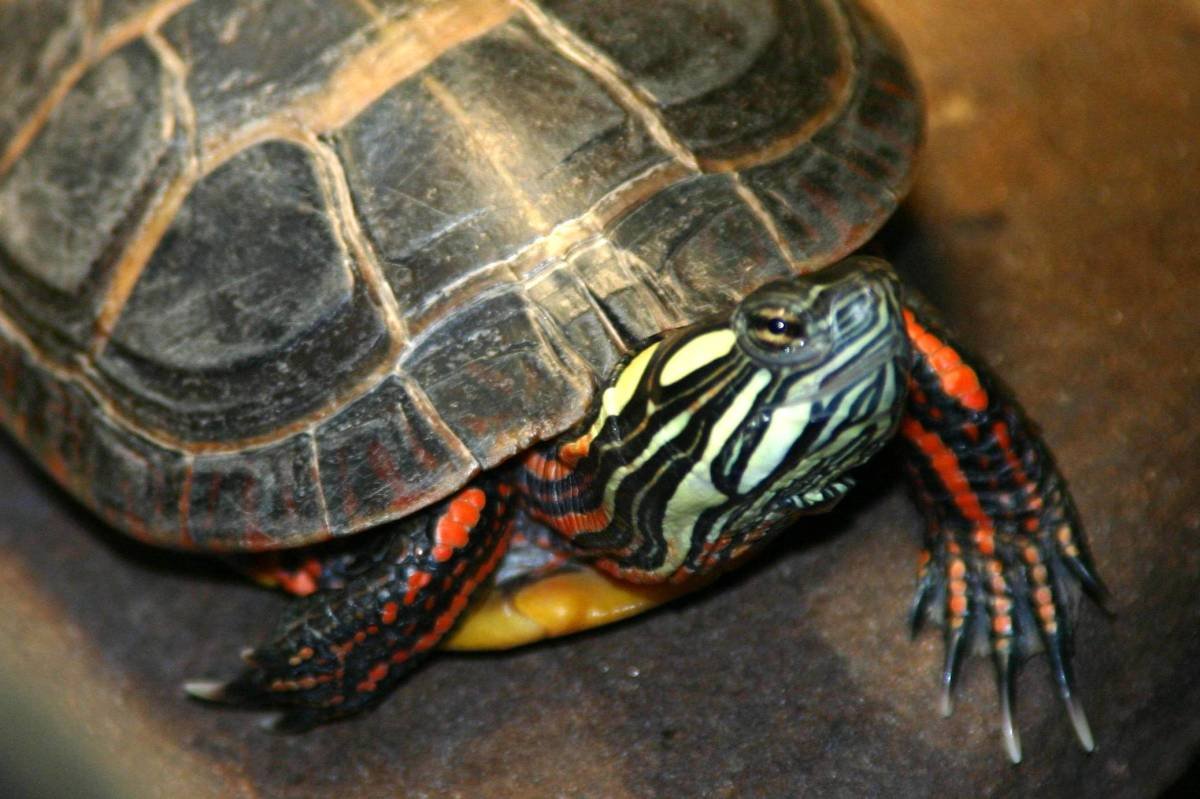Painted turtles can hold their breath for an impressive duration, surpassing many other turtle species. Their ability to stay submerged is a remarkable feat of adaptation to their aquatic lifestyle. Understanding how long can painted turtles hold their breath sheds light on their survival strategies and behavioral patterns. In this article, we delve deeper into the fascinating world of painted turtles and uncover the secrets behind their breath-holding prowess. So, let’s embark on this journey to uncover the mysteries of these resilient aquatic creatures.
Exploring the Aquatic Abilities of Painted Turtles: How Long Can They Hold Their Breath?
Painted turtles are fascinating creatures that are highly adapted to aquatic life. One of the most remarkable aspects of their biology is their ability to hold their breath underwater for extended periods. In this blog post, we will delve into the intriguing world of painted turtles and uncover the secrets behind their impressive breath-holding capabilities.
The Physiology of Painted Turtles
Before we can understand how long painted turtles can hold their breath, we need to look at their physiology. Painted turtles are equipped with several adaptations that enable them to thrive in aquatic environments. One key feature is their large lungs, which allow them to store plenty of oxygen for extended periods of time.
Additionally, painted turtles have a unique ability to slow down their metabolic rate when submerged in water. This helps them conserve energy and oxygen, allowing them to stay underwater for prolonged periods without needing to breathe air.
How Long Can Painted Turtles Hold Their Breath?
So, just how long can painted turtles hold their breath? The answer may surprise you! Painted turtles are known to stay underwater for anywhere between 45 minutes to 3 hours, depending on various factors such as water temperature, activity level, and overall health of the turtle.
During colder months, painted turtles tend to hold their breath for longer periods as their metabolism slows down in response to the cooler temperatures. On the other hand, during warmer months when they are more active, their breath-holding capabilities may be slightly reduced.
Factors Affecting Breath-Holding Ability
Several factors can influence how long a painted turtle can hold its breath. One of the most significant factors is the temperature of the water. Colder water temperatures slow down the turtle’s metabolism, allowing it to conserve oxygen and stay underwater for longer durations.
Another crucial factor is the turtle’s activity level. Painted turtles that are actively swimming or foraging for food may need to resurface more frequently to replenish their oxygen supply compared to turtles that are resting or basking in the sun.
Adaptations for Aquatic Life
Painted turtles have evolved a range of adaptations that help them thrive in aquatic environments. Their ability to hold their breath for extended periods is just one of these remarkable adaptations. In addition to their large lungs and slowed metabolism, painted turtles also have streamlined bodies and webbed feet that allow them to move efficiently through the water.
Furthermore, painted turtles have specialized glands that enable them to excrete excess salt from their bodies, a crucial adaptation for living in freshwater habitats. These adaptations work together to make painted turtles well-suited for a life spent predominantly in water.
In conclusion, painted turtles are impressive creatures with remarkable breath-holding abilities. Their physiology, including large lungs and a slowed metabolism, allows them to stay underwater for extended periods without needing to breathe air. Factors such as water temperature and activity level play a significant role in determining how long a painted turtle can hold its breath.
By understanding the unique adaptations of painted turtles, we gain valuable insights into the incredible diversity of life on our planet. Next time you see a painted turtle basking on a log or gracefully swimming through the water, take a moment to appreciate the extraordinary abilities of these fascinating creatures.
Thank you for joining us on this journey to uncover the secrets of how long painted turtles can hold their breath. Stay curious, and keep exploring the wonders of the natural world!
How Long Can Freshwater Turtles Hold Their Breath? – PetGuide360.com
Frequently Asked Questions
How long can painted turtles hold their breath?
Painted turtles, like other aquatic turtles, can hold their breath for extended periods. They have the ability to stay submerged underwater for about 45 minutes to a few hours, depending on various factors such as water temperature, activity level, and overall health.
What adaptations allow painted turtles to hold their breath for so long?
Painted turtles have unique physiological adaptations that enable them to remain underwater for extended periods. These adaptations include a slowed heart rate, which reduces oxygen consumption, and the ability to extract oxygen from the water through specialized membranes in their cloaca while underwater.
Do painted turtles ever come up to breathe while underwater?
Although painted turtles are capable of holding their breath for a significant amount of time, they do need to come up to the surface to breathe eventually. They will surface periodically to take a deep breath before submerging again.
Are there any signs that indicate when a painted turtle needs to come up for air?
When a painted turtle starts to run out of oxygen, it may exhibit behavior such as swimming frantically towards the surface or becoming more restless in the water. These signs indicate that the turtle needs to come up for air soon to replenish its oxygen supply.
Final Thoughts
Painted turtles can hold their breath for extended periods, especially when hibernating during winter. Their ability to slow down their metabolism allows them to survive with limited oxygen for months. This remarkable adaptation helps painted turtles endure harsh environmental conditions. Understanding how long painted turtles can hold their breath provides valuable insights into their survival strategies, emphasizing the importance of protecting their habitats.






+ There are no comments
Add yours